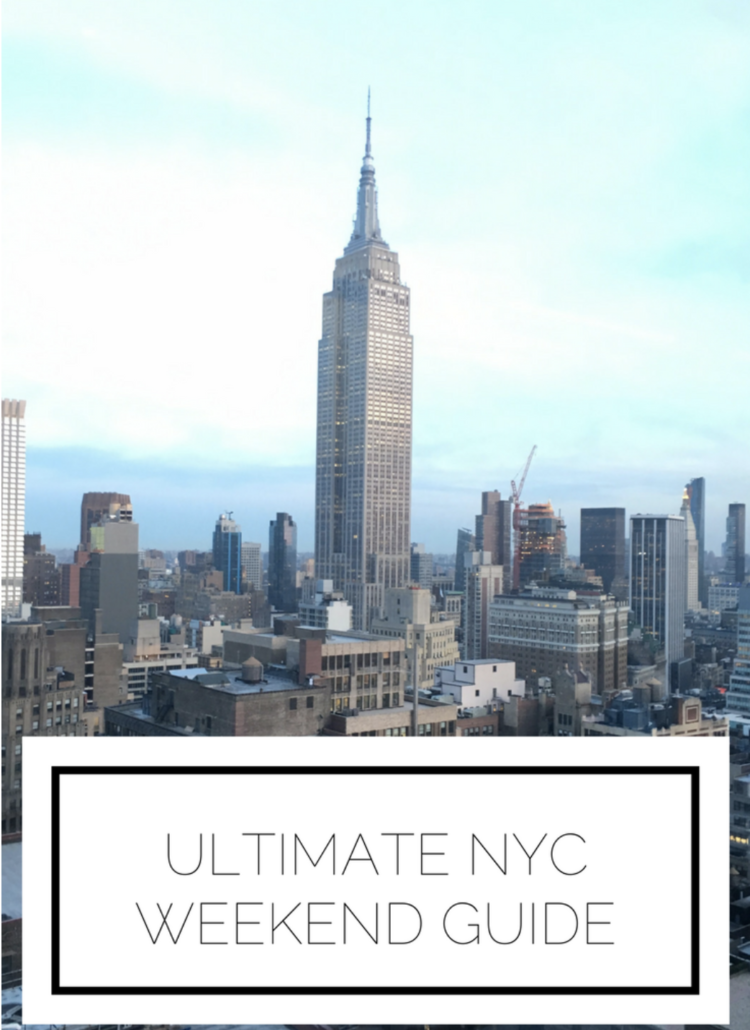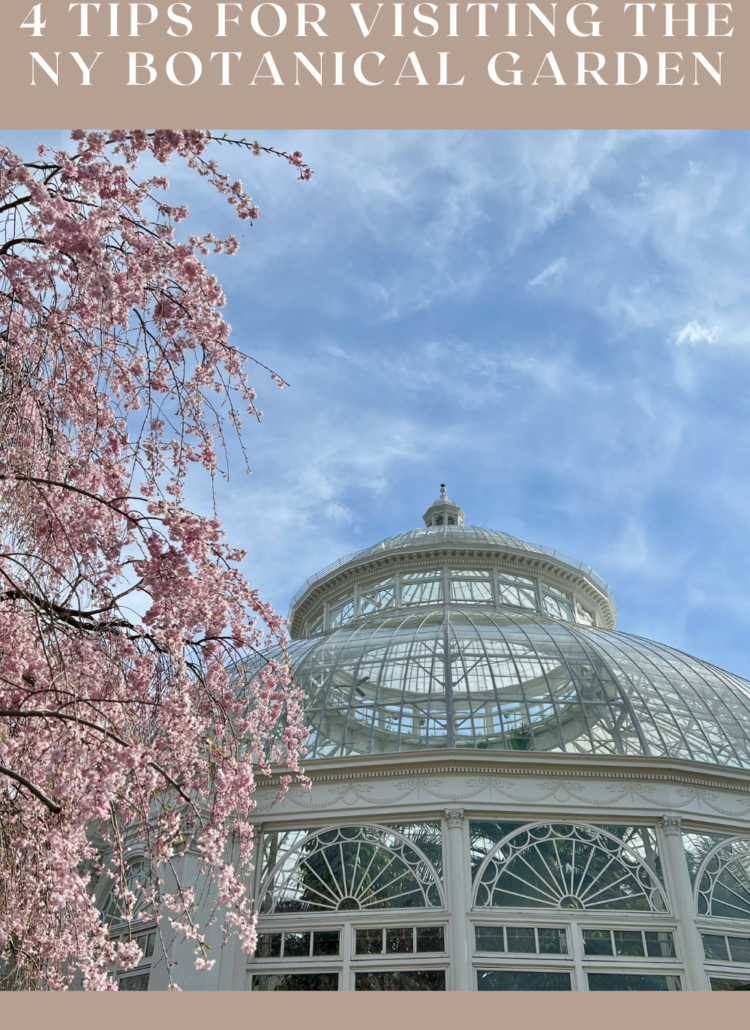Old money versus new money. This used to be a topic of incessant conversation, where the rich were judged about how they got rich. And there is no better example of how the new money crowd asserted their dominance over old money than in the great opera house battle of old New York City.

If you’re a fan of author Edith Wharton, the queen of commentary on New York society, you will most likely recognize a place called the Academy of Music from the opening scene of The Age of Innocence. The novel begins
On a January evening of the early seventies, Christine Nilsson was singing in Faust at the Academy of Music in New York. Though there was already talk of the erection, in remote metropolitan distances ‘above the Forties’. of a new Opera House which should compete in costliness and splendor with those the great European capitals, the world of fashion was still content to reassemble every winter in the shabby red and gold boxes of the sociable Old Academy. Conservatives cherished it for being small and inconvenient, thus keeping out the ‘new people’ whom New York was beginning to dread and yet be drawn to…
This scene describes the tension between old and new money, and how the nouveau rich were able to take their money and go play elsewhere. Before we jump into that and learn about where they settled “above the Forties”, let’s first learn about the Academy of Music.

The Academy of Music served many purposes during its life, from opera, to meeting hall, to site for political rallies. When it first opened, The New York Times in a 1854 article described some modern amenities, including the use of “spring seats so that they fold up when not in use,” but lamented the horseshoe layout that destroyed the view: “a giraffe could not see round some of the corners.”
The Times concluded that “in an acoustical point of view, the New Academy of Music is a triumph…in every other aspect the Academy is a decided failure”
All this to say that you probably wouldn’t have a great view of the performance, but you would be able to hear it beautifully. Luckily the patrons were not going to the Academy to see the performance, but rather to be seen at the performance. If you remember that opening scene in The Age of Innocence, the performance hardly matters and the entire audience is focused on who is in whose box and if they are exhibiting the proper “form.”
So why did the new money crowd want to create their own opera house? Was it because they wanted to actually see the performance?
They wanted to create their own opera house because there was literally not enough room for them at the Academy of Music. All of the boxes were owned and the likes of Morgan, Rockefeller and Vanderbilt couldn’t secure a space. The day that the newly wealthy families banded together and incorporated to fund their new opera house, the Academy announced the addition of twenty six boxes, but they were too late to retain the new money families they had so disdained.
Enter the Metropolitan Opera House.

The Metropolitan Opera House opened in 1883 on 39th Street (so it did not end up being above the Forties as predicted). The Met had many happy years of performances, save the 1892−93 season when it was being restored after a fire. And from its opening supplanted the Academy of Music as the city’s premier opera house. Take that, old money snobs. There are new snobs in town.
As the needs of the public changed the structure kept up with those needs. In 1940 the owners were no longer the original wealthy families and instead a non-profit was established to manage the theater going forward. The signs of the times continued with the conversion of privately held boxes into standard seating on the “grand tier”.
In 1966 the Met moved to Lincoln Center (there’s a whole drama with the building of Lincoln Center that we won’t get in to today, but based on the year you can probably guess that Robert Moses was involved…) where it continues to operate to this day.
Check out more back in time posts here!



Leave a Reply